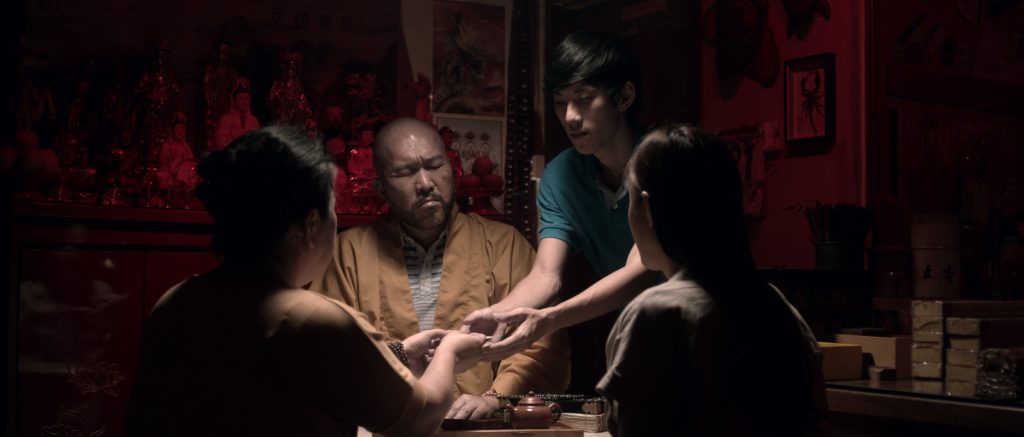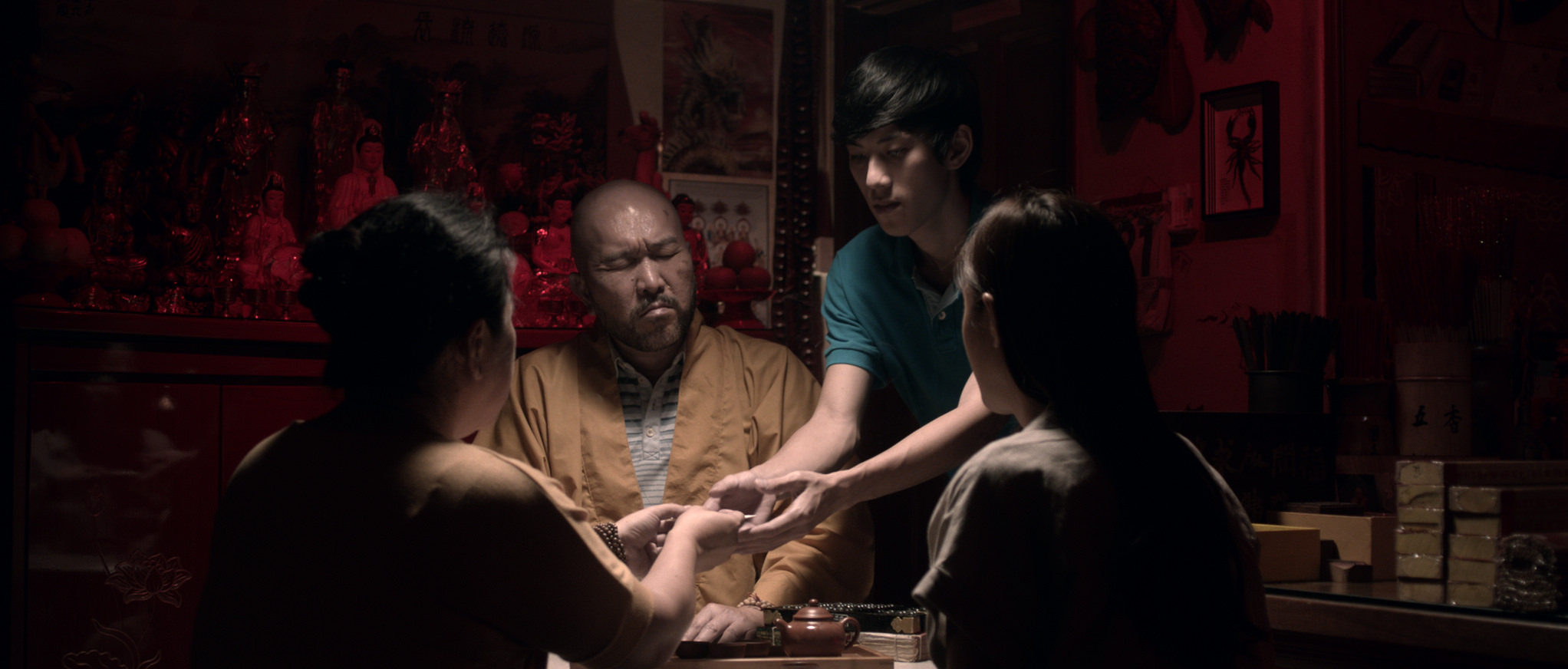The Independent Filmmaker’s Creative Rights Toolkit
When I started out as a filmmaker 22 years ago, things were much simpler. There was television and there was film. Period. Your work was reaching its audience through either one of two platforms.
Today, one can’t even begin to count the number of ways an audience consumes entertainment, both legally and otherwise. In fact, when in the past the greatest challenge was in getting your work seen by as many people as possible, today I would define the challenge as limiting the people who can see your work so it can be viewed legitimately.
A counter-argument could be made as to whether filmmakers – individuals who must already grapple with the a new landscape in which to operate creatively – should concern themselves with the legal framework that surrounds the making of a film – options, agreements, releases, NDAs, all forms of contracts, etc.
In fact, it was one debated topic at the panel co-organized by the Motion Picture Association in conjunction with the Singapore International Film Festival 2015 – The Independent Filmmaker’s Creative Rights Toolkit.
I think the answer lies in striking a balance between pushing the creative boundaries and understanding one’s creative rights. At the end of the day, film is as much a business as it is a creative endeavor. How can’t it be when it takes several tens of thousands to several hundreds of millions of dollars and a small army to mount a film production?
With all the platforms available for independent filmmakers today, and the different ways that audiences can access films, the creative grammar of film is changing with the times.
As a community and an industry, local or global, it’s becomes even more important for filmmakers to band together and protect the integrity of our work, not only from a creative standpoint, but also through a robust understanding of the legal framework that protects our rights.
Images from Lee Thean-jeen’s “Bring Back The Dead”





